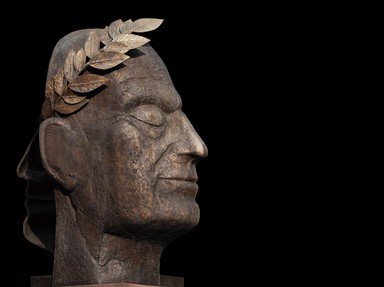
Rulers of the Roman Empire Trivia Quiz
27 BC to 337 AD
The Roman Empire spanned centuries, and with all that history there were many rulers who made their mark on the world. In this quiz, order ten of them across four centuries of their rule. Good luck!
This is a renovated/adopted version of an old quiz by author phobos11
An ordering quiz
by kyleisalive.
Estimated time: 3 mins.